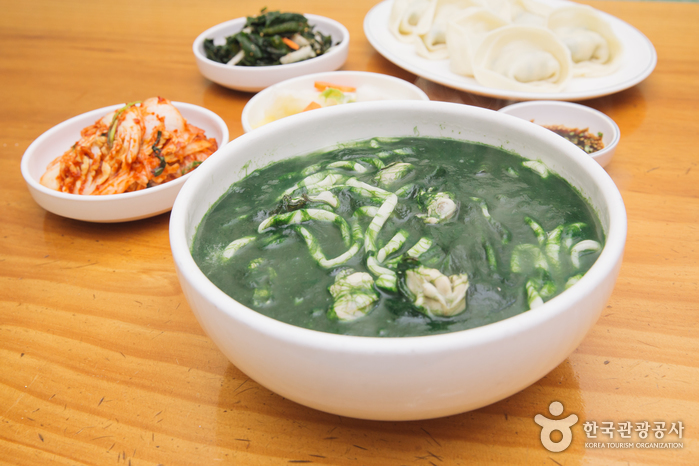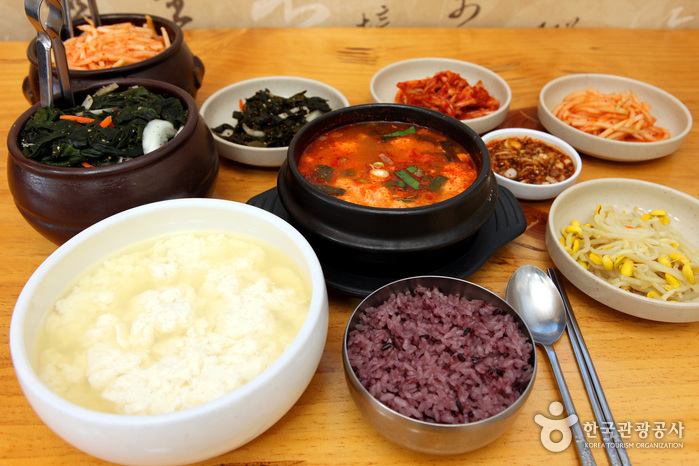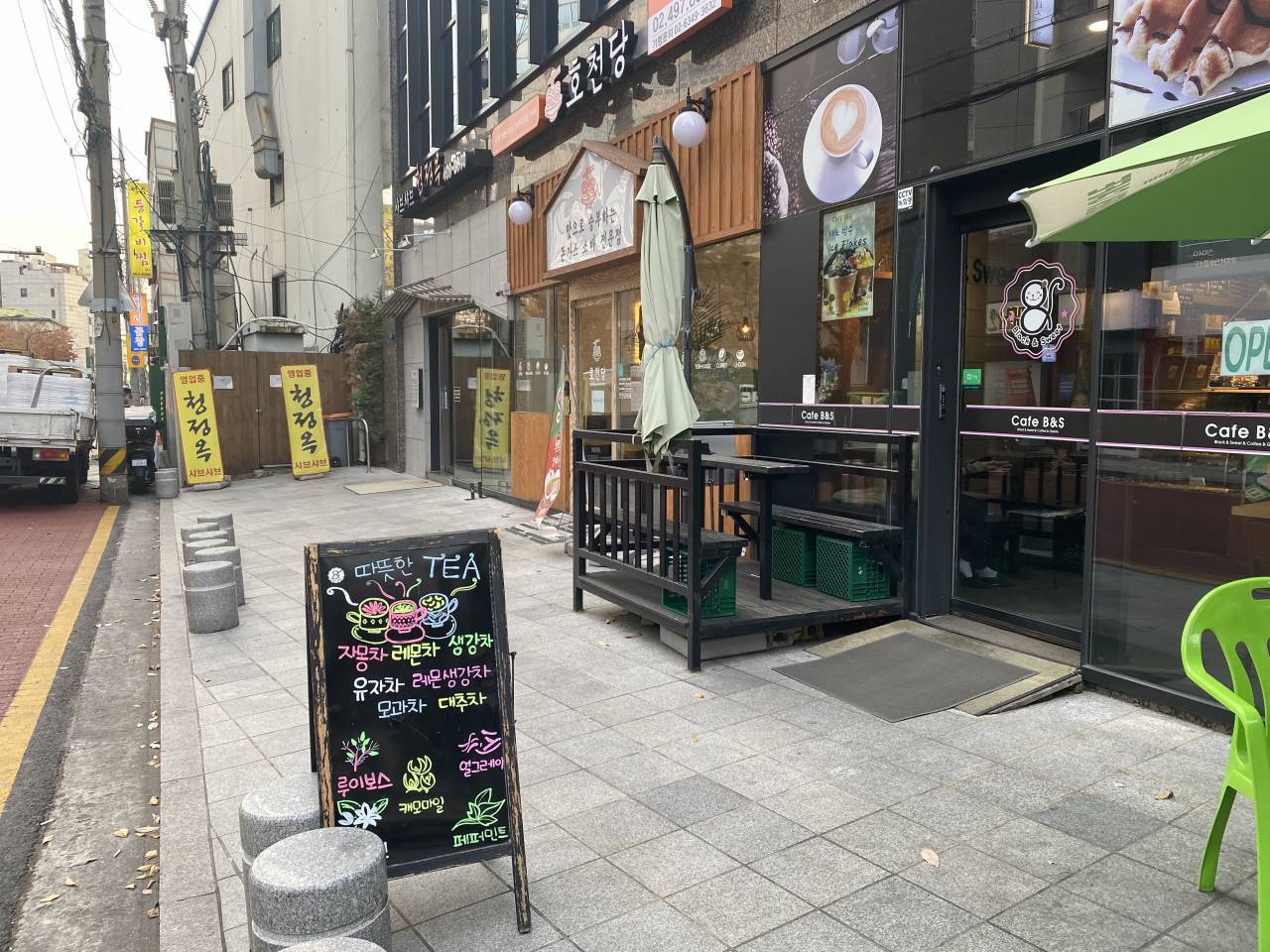CheongKwanJang - Daechi Tower Branch [Tax Refund Shop] (정관장 대치타워)
4.1Km 2024-04-18
1F, 8, Teheran-ro 98-gil, Gangnam-gu, Seoul
-
Waple Wood Artwork Place (와플목공방)
4.1Km 2024-10-21
5-6 Wangsimni-ro 10-gil, Seongdong-gu, Seoul
Interior items made from wood
This workshop is visited by celebrities such as Park Narae of the entertainment program 'I Live Alone' and KAI of EXO. It is also the place where the senior wooden box that appeared in the movie 'PARASITE' was made. You can make your own interior accessories such as chairs and tabletops using hardwood. One-day classes on making ballpoint pens and mechanical pencils are also popular.
Jongno Pharmacy - Daechi Branch [Tax Refund Shop] (종로약국 대치)
4.1Km 2024-04-18
1F, 419, Dogok-ro, Gangnam-gu, Seoul
-
Cancelled: Seoul National Cemetery Spring Blossom Event (현충원, 호국의 봄을 열다)
4.1Km 2022-05-13
210, Hyeonchung-ro, Dongjak-gu, Seoul
• 1330 Travel Hotline: +82-2-1330 (Korean, English, Japanese, Chinese) • For more info: +82-2-815-3625
Every year, Seoul National Cemetery hosts an event when the weeping cherry blossoms within the cemetery are in full bloom. The weeping cherry blossoms symbolize patriotism and have a particularly pink appearance. The weeping cherry blossoms offer a fascinating sight with their branches hanging down, resembling a waterfall of flowers. The hanging branches may also seem to be bowing down to pay respect to the brave soldiers and martyrs who fought for the country.
Samjungbokjip (삼정복집)
4.1Km 2020-01-30
626, Bongeunsa-ro, Gangnam-gu, Seoul
+82-2-3447-3030
Samjung is the first and oldest Korean blowfish specialty restaurant. It has been serving raw blowfish courses for 3 generations. The chefs are quite skilled, able to detoxify a blowfish and serve it up to eat in just five minutes.
Mokcheon Jip (Encore Kalguksu) (목천집 (앵콜칼국수))
4.1Km 2017-01-25
69, Hyoryeong-ro 52-gil, Seocho-gu, Seoul
+82-2-525-8418
Located nearby Seoul Art Center, Mokcheon Jip offers various kalguksu (noodle soups) like pat kalguksu (red bean noodle soup), and maesaengi kalguksu (noodle soup with seaweed).
Baengnyeonok (백년옥)
4.1Km 2017-02-07
2407, Nambusunhwan-ro, Seocho-gu, Seoul
+82-2-523-2860
Baengnyeonok has been famous for tofu since 1992.
Davich Optical - Bangbae Branch [Tax Refund Shop] (다비치안경 방배)
4.1Km 2024-04-23
4, Bangbae-ro 20-gil, Seocho-gu, Seoul
-
Hocheondang Ttukseom Station(호천당 뚝섬역)
4.1Km 2020-10-30
#103, 1F, 19, Sangwon-gil, Seongdong-gu, Seoul
+82-2-497-8880
This is a Japanese cuisine located in Seongsu-dong, Seoul. The representative menu is buckwheat soba noodles. A restaurant specializing in pork cutlet and soba noodles.
![CheongKwanJang - Daechi Tower Branch [Tax Refund Shop] (정관장 대치타워)](http://tong.visitkorea.or.kr/cms/resource/34/2889034_image2_1.jpg)

![Jongno Pharmacy - Daechi Branch [Tax Refund Shop] (종로약국 대치)](http://tong.visitkorea.or.kr/cms/resource/49/2889249_image2_1.jpg)



![Tune [Tax Refund Shop] (튠)](http://tong.visitkorea.or.kr/cms/resource/14/3313814_image2_1.jpg)
![Davich Optical - Bangbae Branch [Tax Refund Shop] (다비치안경 방배)](http://tong.visitkorea.or.kr/cms/resource/24/2889024_image2_1.jpg)

 English
English
 한국어
한국어 日本語
日本語 中文(简体)
中文(简体) Deutsch
Deutsch Français
Français Español
Español Русский
Русский